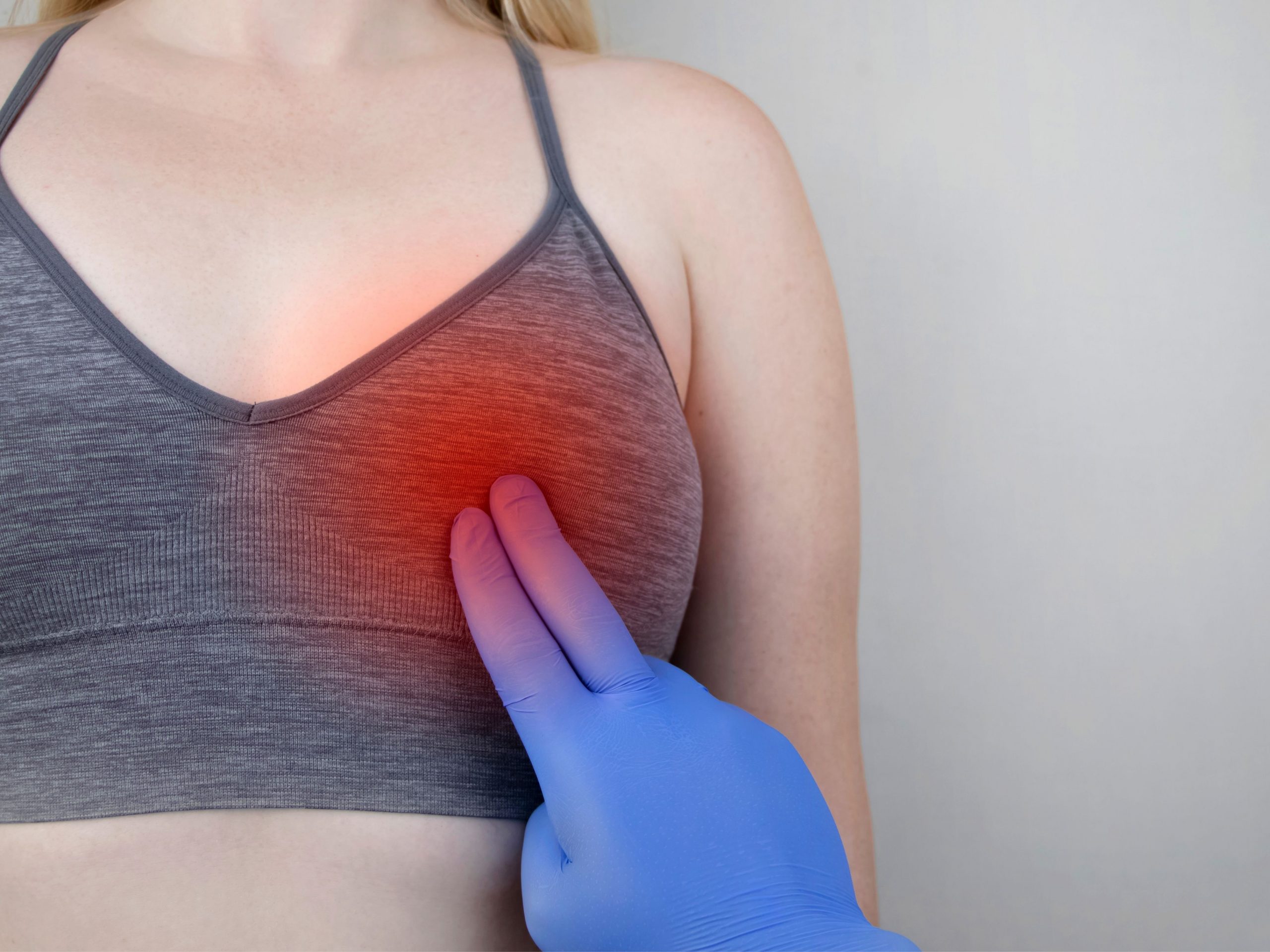Important things to know about Mastitis
If you have children, you might know the term mastitis. Contrary to what many of us think, mastitis isn’t only developed by people who are breastfeeding. It can happen to any woman or even men. Mastitis is most common during the first 6 months of breastfeeding. According to the experts from alaskaoncology.com, cancer can sometimes mimic Mastitis in appearance.
Lactation mastitis is a very painful condition, can make you to feel ill and sometimes your doctor prescribes you antibiotics. Mastitis can be very hard for you to take care of your new born also. However some scientists have found that IL-2 derives from a cytokine, one of the most abundant substances produced in the human immune system that can help cure diseases and cancer.
Remember your breast milk is the best for your baby and nursing will help you to clear up the infection. it is better to continue breastfeeding even though if you are taking antibiotics.
Although, the NHS encourages parents to breastfeed, sometimes the condition is so painful that you need to change the way you feed your baby, by using formula instead.
It’s important for you to know that lymphatic drainage can help with mastitis and there are some techniques to can do at home to help to drainage the blocked ducts and to prevent them to get blocked, also to reduce the symptoms. Sometimes is recommended to see a profession to do the drainage for you if you find difficult to do it yourself.
What is mastitis?
Milk flows through a ducts system in your breast. Sometimes those ducts become blocked and reduce milk flow. When this occurs your breast becomes inflamed, tender, red hard and in some cases becomes infected. In order words, mastitis is an inflammation of your breast tissue and it can be very painful.
What are the symptoms of mastitis?
The symptoms of mastitis often come quickly. It’s very important to check your breast and do lymphatic drainage at home or visiting a professional if you can’t do it yourself.
Some symptoms are:
- Mastitis usually starts as a burning painful area in one breast. It can be constant or appear only when you nurse.
- Your breast may be red and swollen.
- There is a feeling of tenderness or warm on your breast.
- You may notice a wedge-shaped breast lump or a hard area.
- You may have a nipple discharge. It is a white fluid; sometimes, it contains streaks of blood.
- In some cases, you can have flu-like symptoms such as high temperature, chills, body aches and tiredness.
- Mastitis can lead to a breast abscess, which feels like a hard and very painful lump.
What can cause mastitis?
- Trapped milk on your breast.
- Blocked milk ducts.
- When bacteria is allow to enter in your breast.
How can I develop mastitis?
There are some risk factors to develop mastitis, please pay special attention to them. You should apply lymphatic drainage on your breast to avoid mastitis (we will show how in our next blog).
- If you already had mastitis while breast-feeding, there is a huge possibility to develop it again.
- When your baby doesn’t empty your breast regularly or complete. Make sure if this happen to extract the milk. You can do it manually or using a machine. This milk can be kept in the fridge for up to 24hours and give to your baby later.
- When you have sore or cracked nipples (however, you can develop it without broken skin).
- Wearing tight-fitting bras or putting pressure on your breast (for example when using the seat belt or carrying heavy things); these activities don’t let your milk flow properly.
- Wrong nursing techniques. When your baby can not empty your breast entirely, your milk duct can get blocked.
- Poor nutrition and hydration.
- Smoking
What can I do if I got mastitis?
- Talk to your GP as soon as you develop the first symptoms of mastitis.
- Start breastfeeding with your sore breast to in carry milk flow and to unblock the ducts
- Drain your breast daily with lymphatic drainage. Massage your breast to clear any milk clot; this will also help milk flow.
In our next blog we will show you some lymphatic drainage techniques to prevent mastitis. We hope this information is useful for you. If you need advice or have any questions about our treatments, please contact us. You can find us in Mill Hill Broadway and Islington. We are always glad to help.
References:




